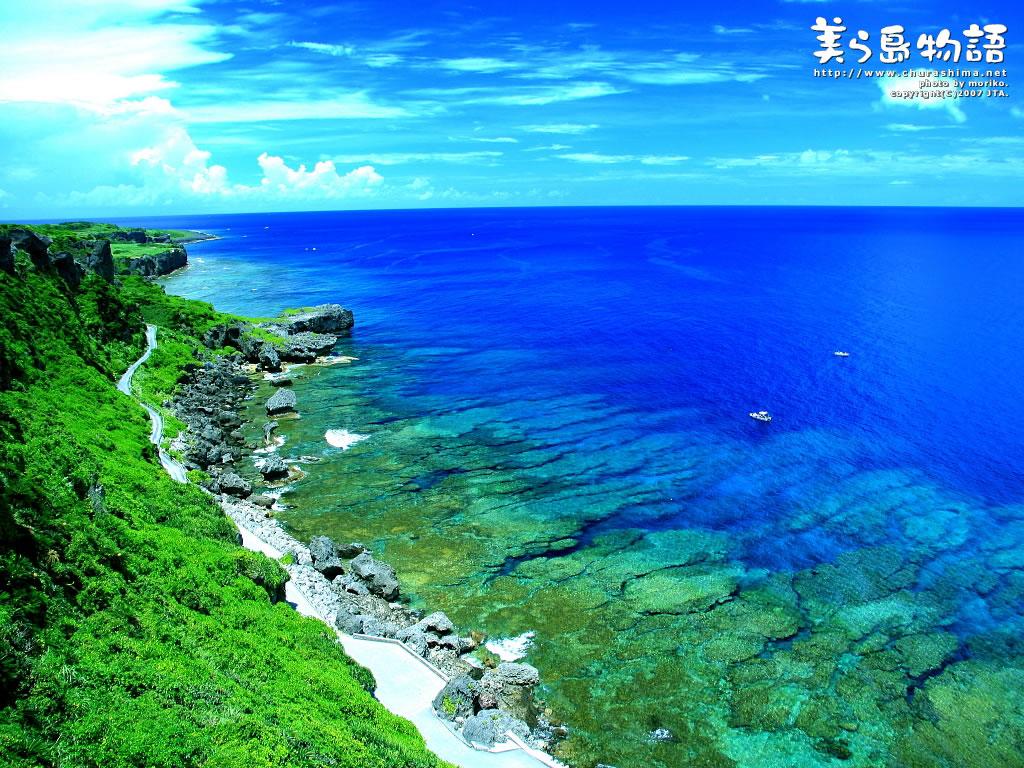Okinawa and Three Dead Marines August 28, 2013
Author: Beach Combing | in : Contemporary , trackback***Dedicated to Christopher, who signaled this story***
An episode of memory and death in a closed community, this time over a mere 55 years, but that is interesting simply as a point of comparison with the death of three of Cromwell’s soldiers in Scotland and a 200 year-old memory span there. In 1998 the secret burial of three American marines was found on the island of Okinawa: their names were James D. Robinson (Savannah, Ga.), John M. Smith (Cincinnati), and Isaac Stokes (Chicago). These three marines had vanished in the summer of 1945 after the battle for Okinawa had all but finished: the authorities listed them at first as possible deserters, and then finally declared them missing in action. In fact, they had been killed by Okinawans with the assistance of two Japanese soldiers who were still in hiding in the jungle. Once they had been killed it was clearly important to hide the bodies to prevent retaliation from the US authorities. And, in fact, their bodies had then been taken to a cave that was henceforth known as Kurombo Gama, which is often politely translated as Cave of the Negroes in English: kurumbo is, in fact, a highly-offensive racial epithet and the three men were Afro-Americans. Reconstructing what had happened is difficult because we have only Japanese memories to go upon: but the local population claimed, at the time the bodies were rediscovered, that the men had repeatedly raped Japanese women. Again proof is lacking, but it is a matter of record that American servicemen did rape Okinawan women in 1945 and that few were punished for doing so.
More important for present purposes though is the memory. The killing took place in 1945. In 1997 a local contacted the authorities about the killing. The bodies were dug up in 1998 after a long search for the cave. Identification then took two more years, the results coming in, conveniently, just before Clinton arrived in Okinawa in the summer of 2000! How did that memory come down the decades? Those who had actually done the killing seem to have been long dead, but among older Okinawans there was a memory of gun shots and activity. The fact that the cave was actually given a name recalling the killing must also have helped, but the difficulty the searchers had in finding the cave suggests that it was a semi-mythical location, not a place that was known and visited: in the summer of 1945 hidey-holes out in the wild were far better known, of course, than in the 1990s. In fact, reading between the lines, the families of the dead were lucky to get their bodies back. Once the generation which had been young in 1945 had died then a cave ‘somewhere over there’ where some Americans were buried would have just been too vague. Writing this Beach got to thinking about a grave in the wood near where he has his house in Italy. Some of the locals claim that it is the final place of a British, some a German soldier. It is festooned at all seasons with decorations of the Madonna and is lovingly kept. This blogger has always had a suspicion that no one is buried there at all. Other memories of death: drbeachcombing AT yahoo DOT com



